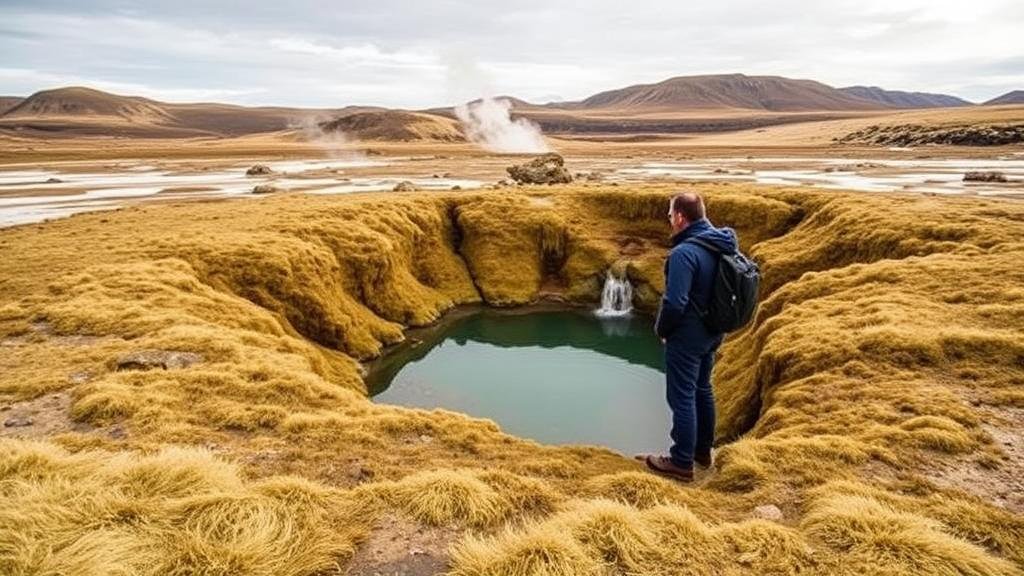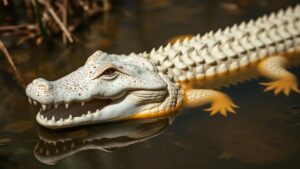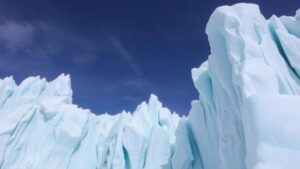Searching for the hidden geysers of Iceland’s remote highlands.
Searching for the Hidden Geysers of Iceland’s Remote Highlands
Iceland, often referred to as the “Land of Fire and Ice,†is a hotspot for geothermal activity, boasting numerous geysers and hot springs. Among them, the remote highlands of Iceland carry a mystery of hidden geysers waiting to be discovered. This article explores the elusive geothermal features found in the highlands, providing a guide for the adventurous traveler looking to experience these natural wonders firsthand.
The Geothermal Landscape of Iceland
The geothermal activity in Iceland is primarily driven by its location on the Mid-Atlantic Ridge, where the North American and Eurasian tectonic plates diverge. According to the Icelandic Meteorological Office, there are over 200 hot springs and geysers scattered across the country. Some of the most famous geysers, such as Strokkur and Geysir in the Golden Circle region, attract countless visitors; however, many hidden gems await exploration in less-traveled areas.
Exploring the Remote Highlands
The Icelandic highlands are characterized by rugged terrain, expansive lava fields, and dramatic volcanic landscapes. This region is less accessible, with most routes often requiring 4×4 vehicles. highlands become accessible during the summer months, typically from late June to early September, due to the melting of snow and opening of F-roads (mountain roads). The often harsh conditions and isolation provide an ideal setting for discovering hidden geothermal features.
Notable Hidden Geysers
While many geysers have become popular tourist destinations, several lesser-known geysers are located in the highlands. Here are a few remarkable examples:
- Hveravellir: This geothermal area located between the Langjökull and Hofsjökull glaciers features hot springs and fumaroles. It is known for its stunning natural beauty and remains less crowded than other locations.
- Kerlingarfjöll: Situated in the central highlands, Kerlingarfjöll is a mountain range filled with geothermal wonders. The colorful rhyolite mountains surround several geysers and steam vents, making it an exceptional location for exploration.
- Landmannalaugar: Renowned for its multi-colored mountains, Landmannalaugar also houses hot springs, bubbling mud pots, and geothermal vents. It offers a unique blend of natural beauty and geothermal activity, perfect for hiking enthusiasts.
Significance and Ecological Considerations
The importance of these hidden geysers extends beyond their aesthetic appeal. Geothermal energy has proven crucial to Icelands economy, providing heating and electricity to roughly 90% of its homes. This sustainable energy source contributes to the country’s environmental goals and demonstrates an exemplary balance between natural preservation and human use.
But, visitors should approach these fragile environments with respect. The highlands are home to diverse ecosystems that can be easily disrupted by foot traffic and development. Always follow local guidelines and consider the ecological footprint of your visit.
Practical Tips for Adventurers
For those intrigued by the idea of searching for hidden geysers in the highlands, preparing adequately is essential. Here are some tips to ensure a successful journey:
- Vehicle Requirements: Use a 4×4 vehicle capable of navigating rugged terrains and rivers. Rental companies offer guidance on necessary vehicles.
- Pack Appropriately: Bring hiking boots, waterproof clothing, and supplies such as food and water. Weather conditions can change rapidly, so preparedness is key.
- Guided Tours: Consider joining guided tours if unfamiliar with the area. Local guides can provide insights and ensure safety while navigating remote locations.
Conclusion
The opportunity to explore the hidden geysers of Iceland’s remote highlands presents an adventure of a lifetime. Beyond the more widely-known geysers, these secluded treasures offer not only breathtaking landscapes but also a sense of wonder and discovery. As you embark on this journey, remember to respect and protect these natural wonders for future generations to enjoy. Happy exploring!



